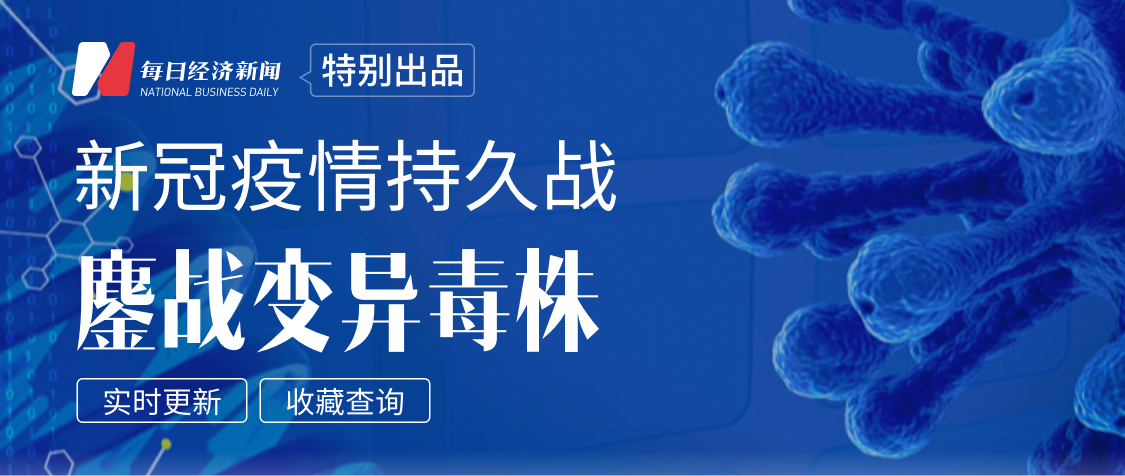Today (September 7), the first China Digital Carbon Neutrality Summit Forum was held in Chengdu. At the parallel sub-forum of “Digital Economy Drives New Leap in Low-Carbon Transformation” in the afternoon, professionals from the government, academia, and industry gathered to exchange ideas and practical experience of digital economy-driven low-carbon transformation, and look forward to it together. The future under the dual-carbon strategy.
When digitalization meets carbon neutrality, what kind of sparks will it collide with? According to Zhang Peng, vice president of New H3C Group and chief architect of smart cities, when carbon neutrality meets digitalization, it is a change in production technology and a change in governance, and it will also bring profound changes to social life.
Picture source of the round table dialogue session of the parallel sub-forum: Daily Economic News
Energy and digital reforms empower “dual carbon”
In the sub-forum, a number of guests mentioned that to achieve the carbon emission target of 30·60, we must not only focus on the energy transition, but also take advantage of digital technology.
Yang Yongyao, chief expert of Zhejiang Zheda Supcon Information Technology Co., Ltd., said that achieving the goal of carbon peaking and carbon neutrality can be achieved through energy supply-side optimization, industrial structure adjustment, consumption-side energy conservation and efficiency enhancement, ecological carbon sink capabilities, and citizens’ carbon neutrality. Action and other channels.
According to Gao Yanli, chief engineer of the Institute of Industry and Planning of China Academy of Information and Communications Technology and chief expert in the field of smart cities, “there are two forces driving carbon peaks and carbon neutrality. One is the energy revolution, the other is the digital revolution, and the Power empowers cities to peak carbon, as well as carbon peaks and carbon neutrality for the whole society”.
He Jinfeng, chairman of the Sichuan United Environment Exchange, mentioned that to achieve the “dual carbon” goal, efforts must be made from both carbon sources and carbon sinks. The carbon source side achieves emission reduction through energy optimization and technological transformation, and the carbon sink side includes biological carbon sinks and engineering carbon sinks. At the same time, he also believes that the carbon neutral mechanism urgently needs to be strengthened and improved digitally.
In addition, Zhang Xin, chief economist of the National Center for Climate Change and International Cooperation, also said that advanced digital technology also provides technical guarantees for improving the operational efficiency and regulatory efficiency of the national carbon market.
“Dual Carbon” has spawned a number of important application scenarios
More and more digital carbon neutral scenarios are gradually emerging.
Smart city is one of the important application scenarios. Yang Yongyao mentioned that smart cities can effectively empower carbon peaks and carbon neutrality.
In addition, mobile communications, insurance, new energy, intelligent transportation, industrial manufacturing and other fields are also leading the “green revolution” through technological innovation. “To achieve carbon neutrality, for companies, the most internal driving force is energy conservation and emission reduction.” said Zhang Ziteng, sales director of Haier Kaos Smart Energy Southwest Region. In his view, the replacement and development of new energy sources will play a key role in reducing carbon emissions.
In terms of energy saving and emission reduction, Liu Geng, general manager of China Mobile (Chengdu) Industrial Research Institute, introduced that because the power consumption of a single 5G station is 3 times that of 4G, the density is 3 times that of 4G, and the construction cost is also 3 times that of 4G. Business faces challenges. “We use low-carbon computer room solutions, from the original single-network energy saving, from base station to equipment level to site level and then to network level, reducing the energy consumption of each base station.” Liu Geng said.
Zhang Hailin, deputy general manager of Baidu’s intelligent driving business group system architecture, also introduced Baidu’s efforts in reducing emissions. He said: “We have empowered AI in smart transportation technology to achieve carbon emission reduction, and proposed a roadmap for comprehensive emission reduction. Through technology, policy, supervision and cultural means, we will achieve alternative emission reduction technologies through the entire chain of emission reduction technologies. Emissions, compensatory emission reductions, etc.”
While carbon neutrality has set off a revolution, it has also brought some new challenges.
Gong Xun, Director of Environmental Affairs of Lenovo Group, believes: “The biggest challenge may be data, related methods and standards, and data transfer. The basis of carbon neutrality is data. Where does this data come from? Can it be consistent and accurate? Can it be guaranteed? Can the accounting systems of our country and other countries be consistent?”

